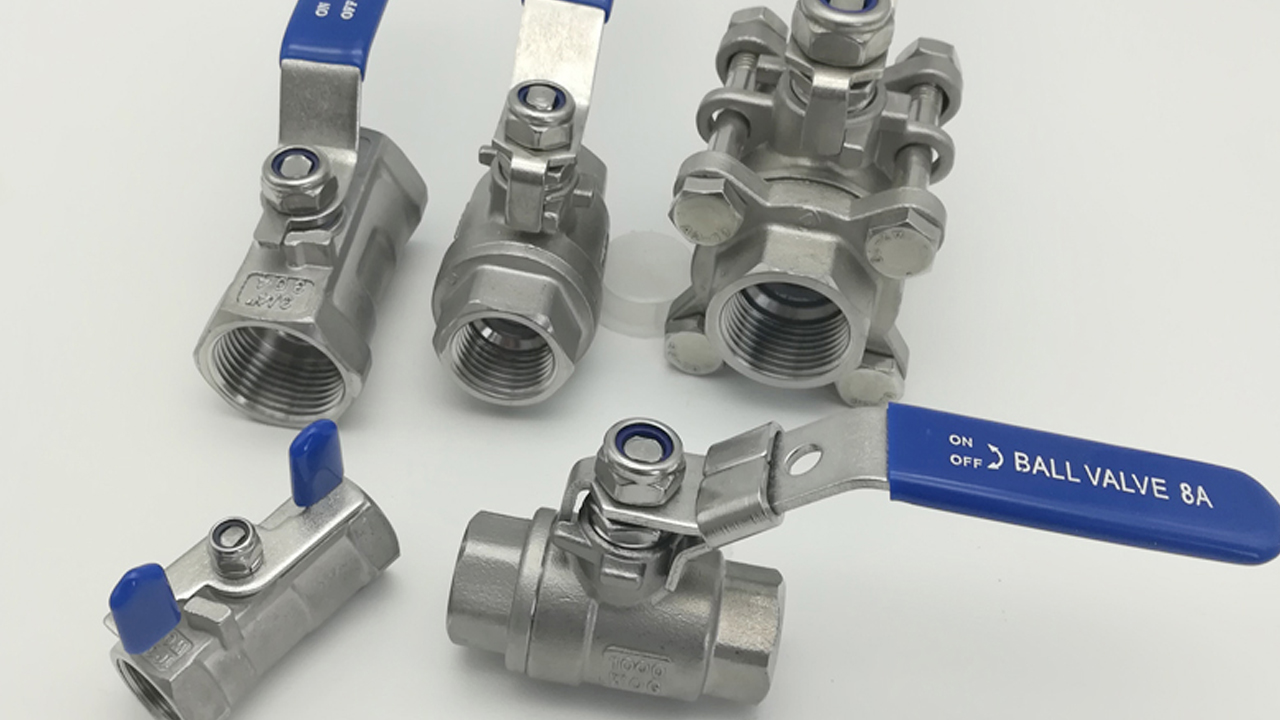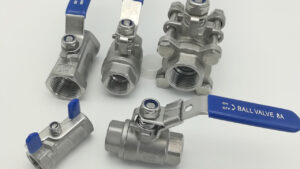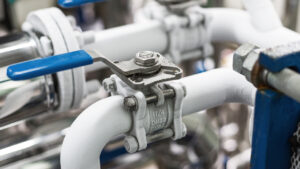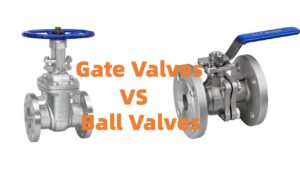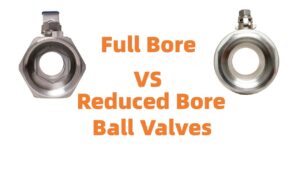Have you ever found yourself wondering about the differences between 1-piece, 2-piece, and 3-piece ball valves? Are you unsure about which type of ball valve is the best fit for your specific needs? As the owner of Ball Valve and Fittings, a leading B2B Ball Valve Manufacturing factory in China, I understand how these questions can be crucial in various industries, including oil and gas, chemical, petrochemical, water and wastewater, and pharmaceutical industries.
1-piece, 2-piece, and 3-piece ball valves, while serving the same basic function, have different designs, advantages, and best use scenarios. Understanding these differences is key to making an informed decision and choosing the right valve for your needs.
Let’s delve into the specifics of each type of ball valve and shed some light on their unique characteristics.
What is a 1-Piece Ball Valve and Where is it Used?
A 1-piece ball valve, as the name suggests, is made from a single piece of material. This type of valve is known for its simplicity and cost-effectiveness. However, due to its one-piece construction, it cannot be taken apart for cleaning or servicing. This makes it a solid choice for applications where maintenance is not a major concern. If the valve becomes damaged or wears out, it usually needs to be completely replaced rather than repaired.

How Does a 2-Piece Ball Valve Differ?
A 2-piece ball valve, on the other hand, consists of two separate pieces, one of which includes an integral ball and stem that fits into the second piece. This design allows for easier servicing and maintenance compared to a 1-piece ball valve, as the valve can be partially disassembled. However, it’s worth noting that the seal between the two pieces can become a potential leak path.

What Makes a 3-Piece Ball Valve Unique?
A 3-piece ball valve is the most versatile type of ball valve. It consists of three separate pieces, two end caps and a body which contains the ball, and it can be fully disassembled for maintenance and repair. This design allows for the replacement of any component, including the seals and the ball, without removing the valve from its installation, making it an ideal choice for industrial applications where downtime can be costly.

So, Which One Should You Choose?
The choice between a 1-piece, 2-piece, and 3-piece ball valve depends largely on your specific application and needs.
If you require a valve for a simple, low-maintenance application, a 1-piece ball valve might be the right choice for you.
For applications that require regular maintenance but are not overly complex, a 2-piece ball valve could be a good fit.
However, if you need a valve for a complex industrial application where regular maintenance and minimal downtime are crucial, a 3-piece ball valve would likely be the best option.
In conclusion, while 1-piece, 2-piece, and 3-piece ball valves all serve the same basic function, their different designs make them suitable for different applications. Always consider the nature of your application, the function of the valve, and the conditions under which the valve will operate when making your choice. Remember, the right valve can make a significant difference in the efficiency and safety of your operations.

